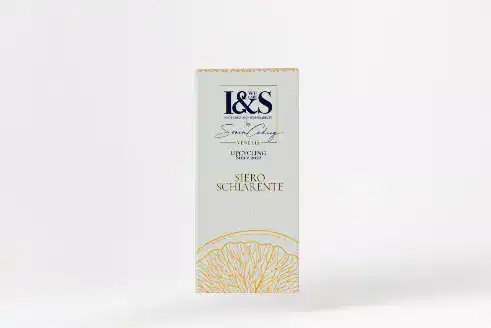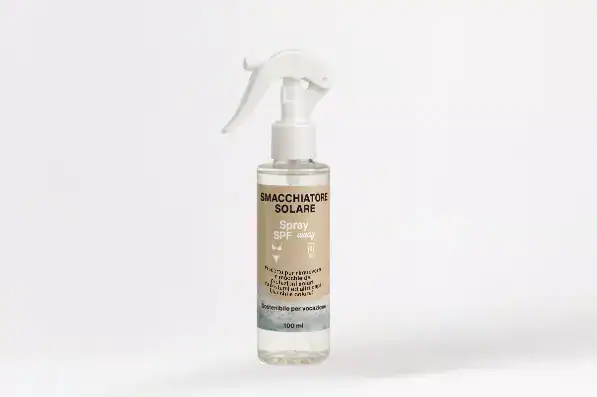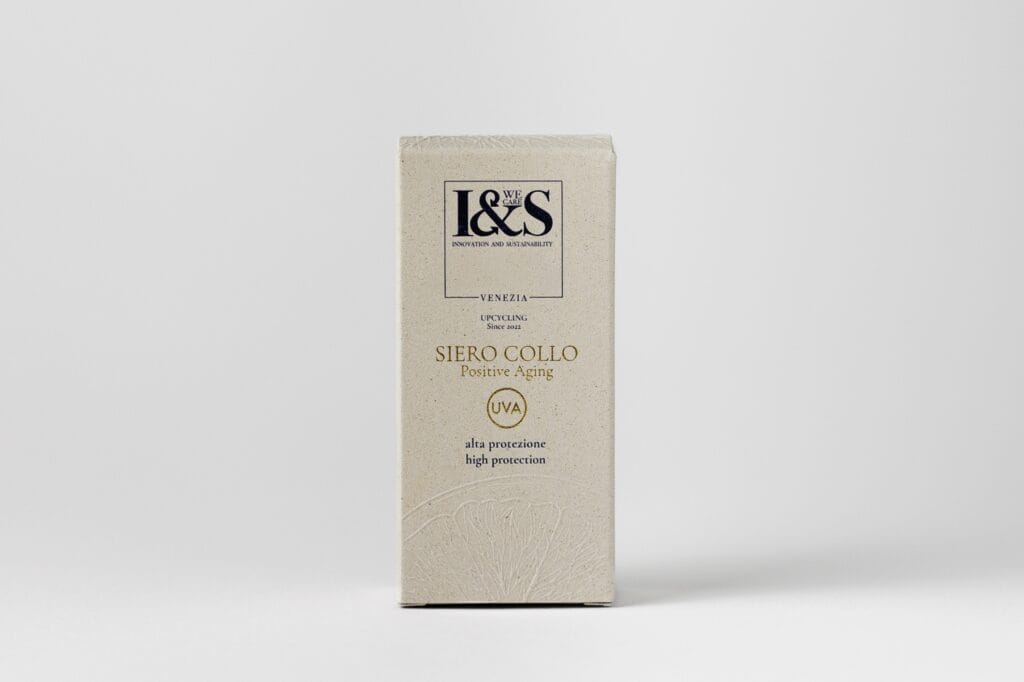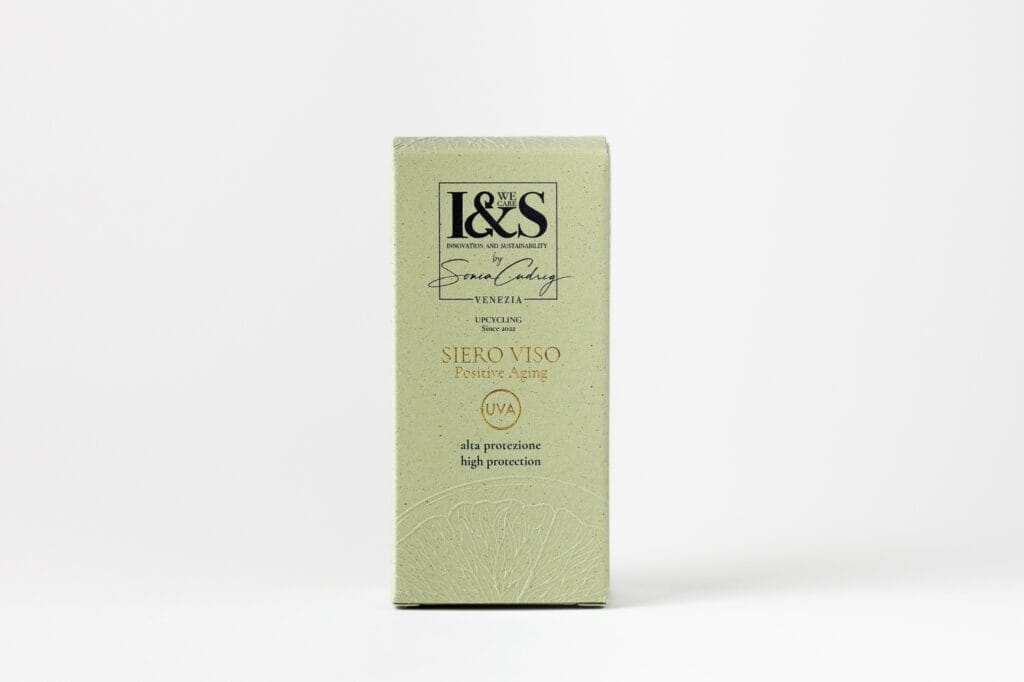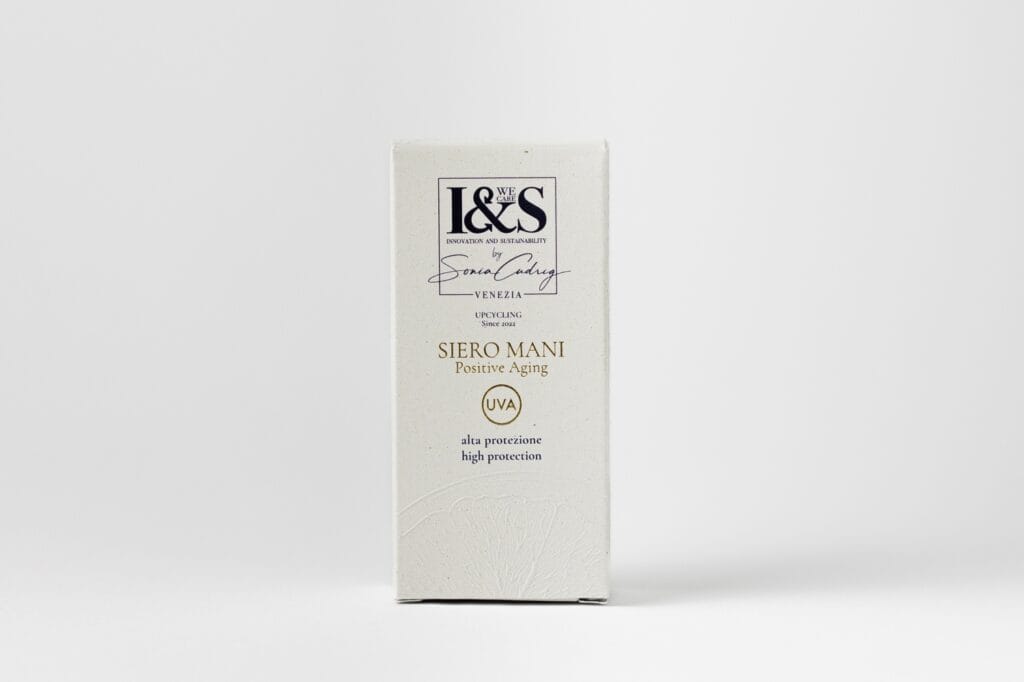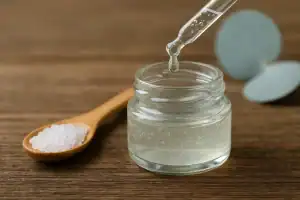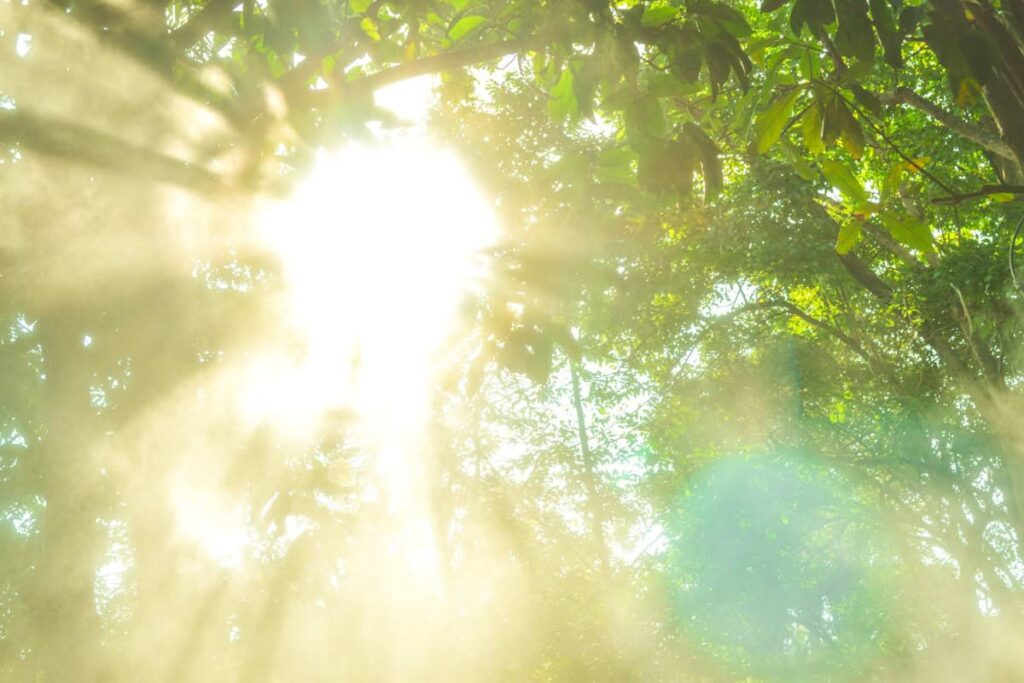What makes hyaluronic acid sunscreen so powerful? From causes of sun damage to ingredients that matter
Understanding the need: what causes sun-related skin damage?
Daily exposure to UV radiation, especially UVA and UVB rays, is one of the primary causes of premature skin aging, pigmentation disorders, and more serious concerns like skin cancer. The intense midday sun, direct sunlight, and long-term exposure without protection can disrupt the skin barrier and dehydrate even the healthiest skin — especially for dry or sensitive skin types.
Factors that worsen sun damage include:
-
Lack of daily protection
-
Overexposure during peak UV hours
-
Use of low-quality or unsuitable sunscreens
-
Skin types more vulnerable to dryness or inflammation
This is where hyaluronic acid sunscreen plays a dual role: preventive protection and active hydration.
Common skin concerns during sun exposure
Many people experience:
-
Tight, dry, or flaky skin (“huid droog”, “huid strakker”)
-
Redness, inflammation, or burning sensations
-
Allergic reactions to artificial perfumes or harsh filters
-
Lack of moisture retention, especially after long hours outdoors
That’s why a hydrating sunscreen with hyaluronic acid, combined with non-nano mineral filters, offers a smart and gentle solution.
How hyaluronic acid sunscreen works: ingredients with a purpose
The power of hyaluronic acid
Hyaluronic acid is rich in moisture-binding molecules that help the skin retain hydration and maintain elasticity under UV stress. It works by drawing water into the skin, improving plumpness and resilience, even during long sun exposure — making it ideal for sensitive, dry, or stressed skin.
Mineral protection with non-nano zinc oxide
The use of zinc oxide, especially in non-nano form, ensures the sunscreen sits on the surface of the skin rather than being absorbed. This offers broad-spectrum UV protection without interfering with the skin’s natural functions. It’s ideal for:
This type of mineral sunscreen also reduces the risk of systemic absorption, a concern associated with some chemical filters.
Supporting actives for deep skin care
Many hyaluronic acid-based sunscreens are enriched with:
-
Tocopheryl Acetate (Vitamin E): supports skin regeneration and antioxidant protection
-
Olive Oil Unsaponifiables: rich in sterols to improve moisture balance
-
Hydrogenated Castor Oil, Caprylyl Glycol, and Cetearyl Alcohol: enhance texture and softness for a smooth, non-greasy finish
You may also find Flower Oil, Magnesium Sulfate, and Cetearyl Olivate contributing to formula stability, nourishment, and a pleasant sensory experience.
How is hyaluronic acid sunscreen typically used?
Most natural mineral sunscreens with hyaluronic acid come in SPF 30 or higher, and should be:
-
Applied generously 15–30 minutes before sun exposure
-
Reapplied every 2 hours during extended outdoor activity or after swimming
-
Used on face and body, even under makeup or clothing
Look for packaging that includes:
“water-resistant formula”, “no artificial perfume”, or “safe for young children” as signs of a high-quality product.
Hyaluronic Acid Sunscreen vs Traditional Chemical Sunscreen
| Feature |
Hyaluronic Acid Sunscreen |
Traditional Chemical Sunscreen |
| UV Filter |
Non-nano Zinc Oxide |
Oxybenzone, Avobenzone, etc. |
| Skin compatibility |
Ideal for sensitive and dry skin |
May irritate or clog pores |
| Fragrance |
Often allergen-free or naturally scented |
Often includes synthetic perfumes |
| Environmental impact |
Reef-safe, biodegradable, low toxicity |
Can harm marine life and coral reefs |
| Hydration |
Contains hydrating Hyaluronic Acid and Vitamin E |
Often lacks natural moisturizers |
A conscious choice for your skin and the planet
Choosing the right sunscreen is about more than SPF. It’s about selecting ingredients that work with your skin, protect your health in the long run, and minimize environmental impact. With hyaluronic acid sunscreen, you’re not just avoiding sunburn — you’re making a mindful decision for a healthier, more sustainable skincare routine.

